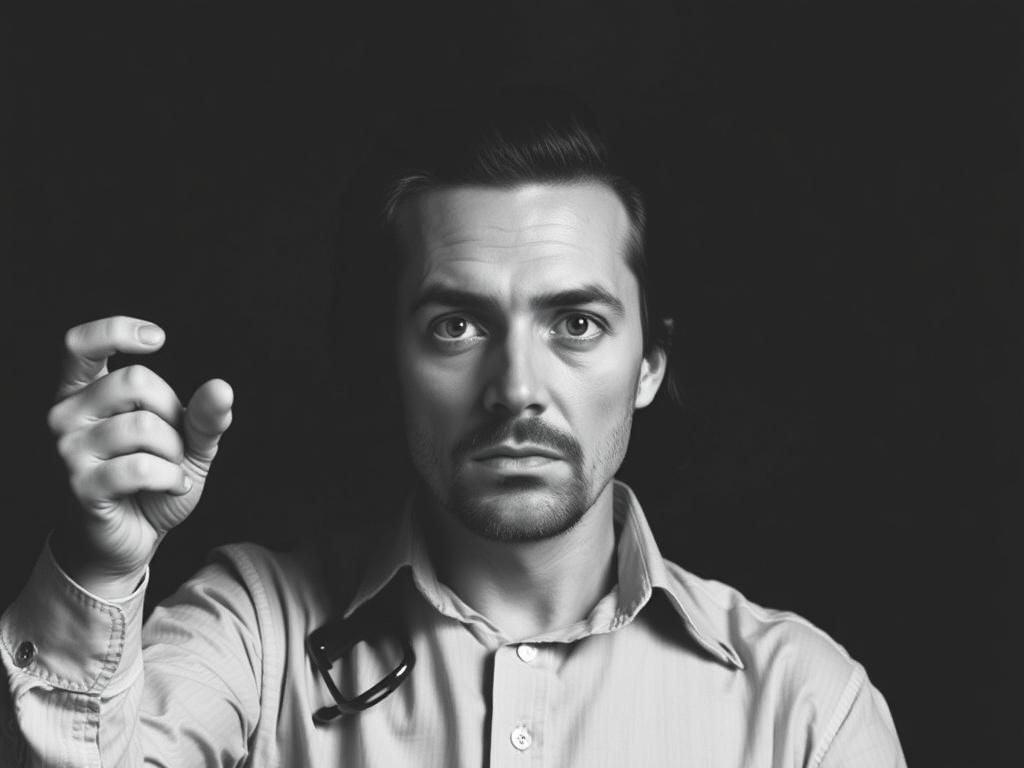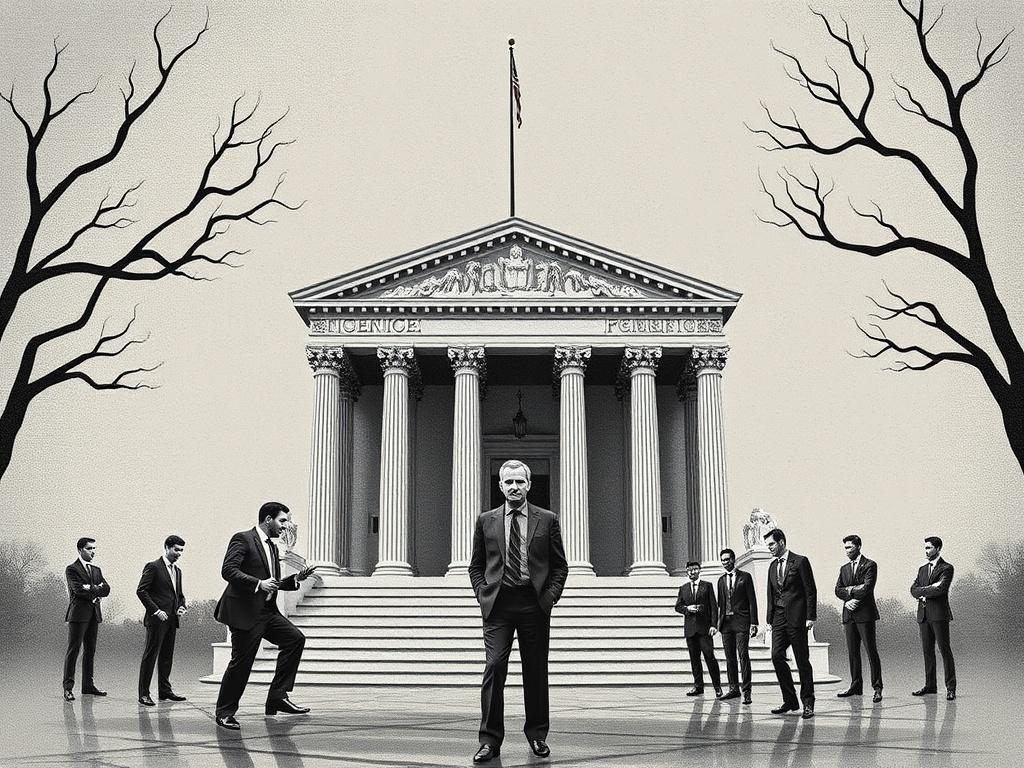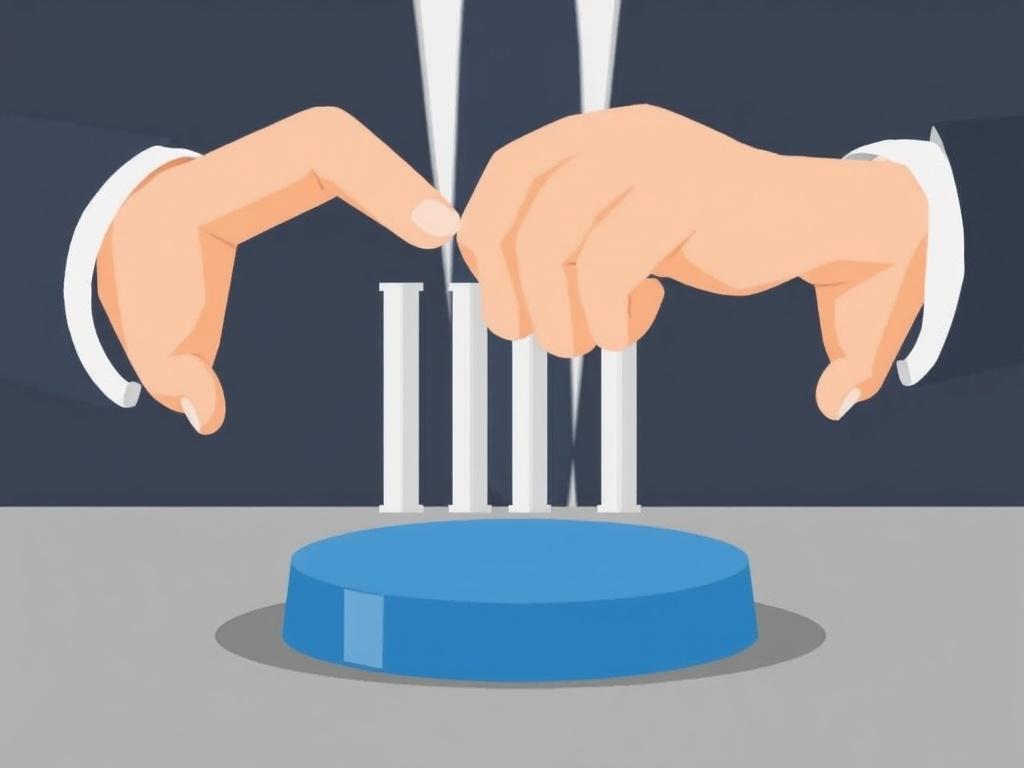When it comes to the criminal justice system, one of the most fascinating yet controversial topics is the insanity defense. It’s a legal strategy that sparks debate, confusion, and sometimes even outrage among the public. But what exactly is the insanity defense? How does it work in court? And why do some defendants use it? In this article, we will dive deep into the concept of the insanity defense, breaking it down in a clear and accessible way to help you understand its purpose, application, and implications.
What Is the Insanity Defense?
At its core, the insanity defense is a legal argument used by defendants who claim that, at the time of committing a crime, they were not mentally capable of understanding the nature or wrongfulness of their actions. The idea is not about whether the person is generally «crazy» or «mentally ill,» but whether their mental state excused them from being held fully responsible under the law.
This defense asserts that due to a mental disorder or defect, the accused lacked the necessary intent (mens rea) for wrongdoing, which is a crucial element in criminal law. If successful, the defendant is usually found «not guilty by reason of insanity» (NGRI), which means they are not punished like a typical criminal but instead sent to a mental health facility.
The History and Origins of the Insanity Defense

The insanity defense isn’t a modern invention; it has roots stretching back centuries. One of the earliest formulations comes from English common law. The «M’Naghten Rule,» established in 1843, remains one of the most influential standards in many legal systems today. It emerged from the trial of Daniel M’Naghten, who killed a man while suffering from paranoid delusions.
According to the M’Naghten Rule, to be considered legally insane, the defendant must have been suffering from such a defect of reason that they either did not understand the nature of the act or did not know it was wrong. This simple but powerful test became the foundation for insanity defenses throughout the world.
How Different Countries Approach the Insanity Defense
While the basic principle is similar, different legal systems treat the insanity defense uniquely. For example:
| Country | Key Standard | Result of Successful Defense |
|---|---|---|
| United States | M’Naghten Rule or variations like the Durham Rule or Model Penal Code test | Not guilty by reason of insanity; commitment to mental facility |
| United Kingdom | M’Naghten Rule | Special verdict of «not guilty by reason of insanity»; hospital order or guardianship |
| Germany | Insanity is based on diminished capacity; legal responsibility may be reduced or removed | Treatment in a forensic psychiatric institution |
| Japan | Defendant must lack the ability to form criminal intent due to mental disorder | Committal to medical facility instead of imprisonment |
Common Mental Disorders Behind the Insanity Defense
Not all mental illnesses qualify someone for the insanity defense. The law looks for serious impairments that affect knowledge and intent. Here are some disorders that commonly come into play:
- Schizophrenia – characterized by hallucinations, delusions, and disordered thinking
- Bipolar Disorder (severe manic episodes) – can lead to impaired judgment and impulsivity
- Severe Depression with psychotic features
- Delirium or severe cognitive impairment
- Psychotic Disorders resulting from brain injury or disease
It’s important to note that simple conditions like depression or anxiety typically don’t meet the bar for insanity in a legal sense unless they severely distort reality.
How the Insanity Defense Works in Court
Using the insanity defense is complex. Typically, a defense attorney will request a mental health evaluation as early as possible. If experts agree that the defendant might qualify under legal standards, the defense may formally assert insanity.
The trial itself often includes testimony from forensic psychiatrists or psychologists who evaluate the defendant’s mental state at the time of the crime. They assess whether the defendant understood what they were doing and whether they knew it was wrong.
Phases of Using the Insanity Defense
- Preparation and Evaluation: Gathering psychiatric evidence and expert opinions.
- Trial Phase: Presenting mental health evidence to the judge and jury.
- Verdict and Aftermath: If found not guilty by reason of insanity, the defendant usually undergoes psychiatric treatment instead of incarceration.
Challenges and Criticisms of the Insanity Defense
The insanity defense generates strong opinions from lawyers, judges, and the general public. Here are some of the main issues and misunderstandings:
- Rarity of Use: Despite its prominence in movies and media, the insanity defense is raised in less than 1% of criminal cases and is successful even less often.
- Public Perception: Many people believe it is a loophole for criminals to avoid punishment, though the reality is stricter and more nuanced.
- Standards Vary: Because different jurisdictions use different legal tests, what counts as insanity in one place may not in another.
- Length of Institutionalization: Defendants found NGRI often spend longer in psychiatric institutions than they would have in prison.
- Difficulty in Assessment: It can be tough even for experts to definitively determine the defendant’s mental state during the crime.
Notable Cases That Shaped the Insanity Defense
Sometimes landmark legal cases bring the insanity defense to national attention, reminding us of its complexity:
- John Hinckley Jr. (1981): Attempted to assassinate President Ronald Reagan. His verdict of not guilty by reason of insanity led to widespread calls for reform.
- Andrea Yates (2001): Drowned her five children but was found mentally ill and not guilty by reason of insanity, highlighting postpartum psychosis and its effects.
- Daniel M’Naghten (1843): Originator of the M’Naghten Rule after his trial established the basic legal test still used in many places.
How Courts Decide if a Defendant Is Legally Insane
Courts rely heavily on professional assessments, but ultimately the decision is legal, not medical. Judges or juries weigh evidence presented by:
- Defense expert witnesses
- Prosecution expert witnesses
- Testimonies from people who knew the defendant
- The defendant’s own statements and behavior
Legal Standards Commonly Applied
| Standard | Description | Used In |
|---|---|---|
| M’Naghten Rule | Focuses on cognitive capacity to know right from wrong at the time of the crime. | Most US states, UK, Canada |
| Durham Rule | More lenient: defendant not criminally responsible if the crime was a product of mental disease or defect. | Limited use in US |
| ALI Test (Model Penal Code) | Hybrid: includes inability to appreciate criminality and inability to conform conduct to the law. | Some US states |
| Irresistible Impulse Test | Considers whether defendants could control their behavior despite knowing right from wrong. | Some US jurisdictions |
The Aftermath: What Happens to Defendants Found Insane?
When defendants use the insanity defense successfully, they avoid traditional prison sentences but don’t simply walk free. Instead:
- They are usually committed to psychiatric hospitals or mental health facilities for treatment.
- The length of commitment can vary and often depends on ongoing evaluations.
- Release is conditional, requiring proof the defendant no longer poses a danger.
- Sometimes, they may face supervision or probation-like restrictions.
Often, people are surprised that the time spent in mental health facilities can surpass the typical prison sentence for the same crime. This approach prioritizes treatment and public safety over punishment.
Controversies and Moral Questions
The insanity defense forces society to wrestle with difficult ethical questions. Should a person who commits serious harm be freed just because they were mentally ill? How do we balance public protection, justice for victims, and compassion for the mentally ill?
Some argue that people with mental illness should be treated like any other offender, while others believe that mental health conditions justify different standards of responsibility. The debate touches on broader issues such as stigma, access to mental health care, and the purpose of the criminal justice system.
How the Insanity Defense Is Portrayed in Media and Popular Culture

Movies, TV shows, and books often dramatize the insanity defense, sometimes inaccurately. High-profile court scenes might suggest the defense is a quick excuse or a clever legal loophole. In reality, the process is much more rigorous, rare, and medically grounded.
Still, this portrayal shapes public understanding—sometimes leading to misconceptions, fears, or sensationalism around mental illness and crime.
What You Should Know If You’re Interested in Legal Psychology or Law

If the insanity defense piques your curiosity, here are some essential points:
- It sits at the intersection of law, psychiatry, and ethics.
- Understanding it requires knowledge of both legal standards and mental health diagnoses.
- The defense raises profound questions about free will, responsibility, and society’s treatment of mental illness.
- Legal definitions of insanity differ greatly from clinical definitions of mental disorders.
Additional Resources to Explore
| Resource | Description | Where to Find |
|---|---|---|
| “The Insanity Defense: Legal and Scientific Aspects” | Comprehensive book covering legal history and mental health issues | Online bookstores, libraries |
| American Psychiatric Association’s Guidelines | Clinical opinions on forensic psychiatry | apa.org |
| Legal databases (Westlaw, LexisNexis) | Access to case law and statutes involving insanity defenses | Law libraries, subscriptions |
Summary of Key Points About the Insanity Defense
- It is a legal defense claiming the defendant was mentally incapable of understanding their actions at the time of the crime.
- Successful use leads to psychiatric treatment rather than prison, but not freedom.
- Different jurisdictions apply different legal standards, often based on the M’Naghten Rule.
- The defense is rare and difficult to prove.
- Ethical and social debates continue about its proper use and implications.
Conclusion
The insanity defense remains one of the most complex and misunderstood elements in criminal law. It sits at the crossroad of law, psychiatry, morality, and social policy, challenging us to consider how mental illness affects responsibility and justice. While it is often sensationalized or misrepresented, the reality demands careful and nuanced understanding. Successful use of the insanity defense is rare, reflecting how seriously courts approach the balance between accountability and compassion. By learning about the history, legal standards, and clinical considerations, we can appreciate the defense’s vital role in protecting both societal safety and the rights of vulnerable individuals. Whether you’re a curious reader, a student of law, or someone interested in psychology, understanding the insanity defense opens a window into how society grapples with one of the most profound questions: When does a person’s mind alter the meaning of crime?




















